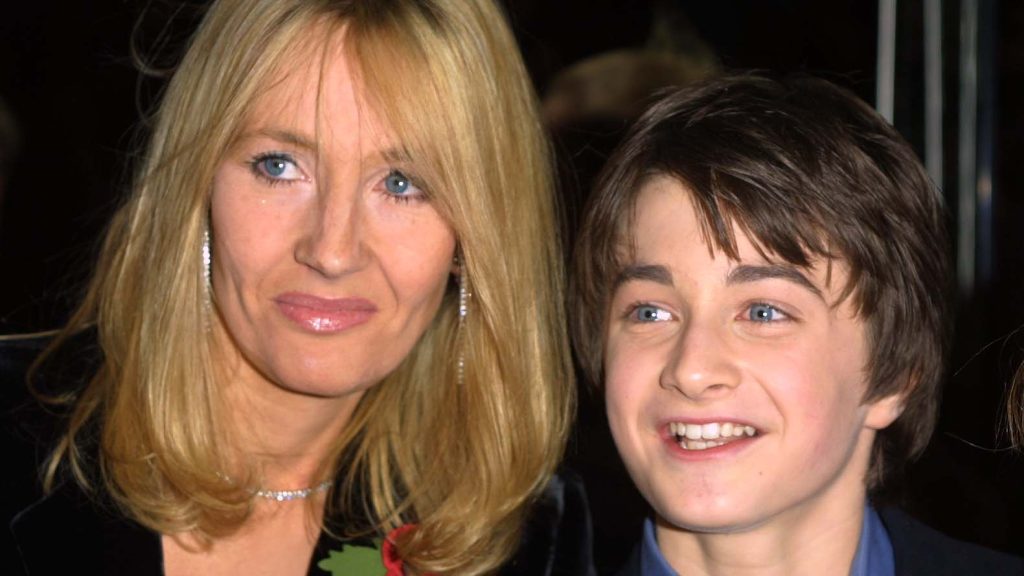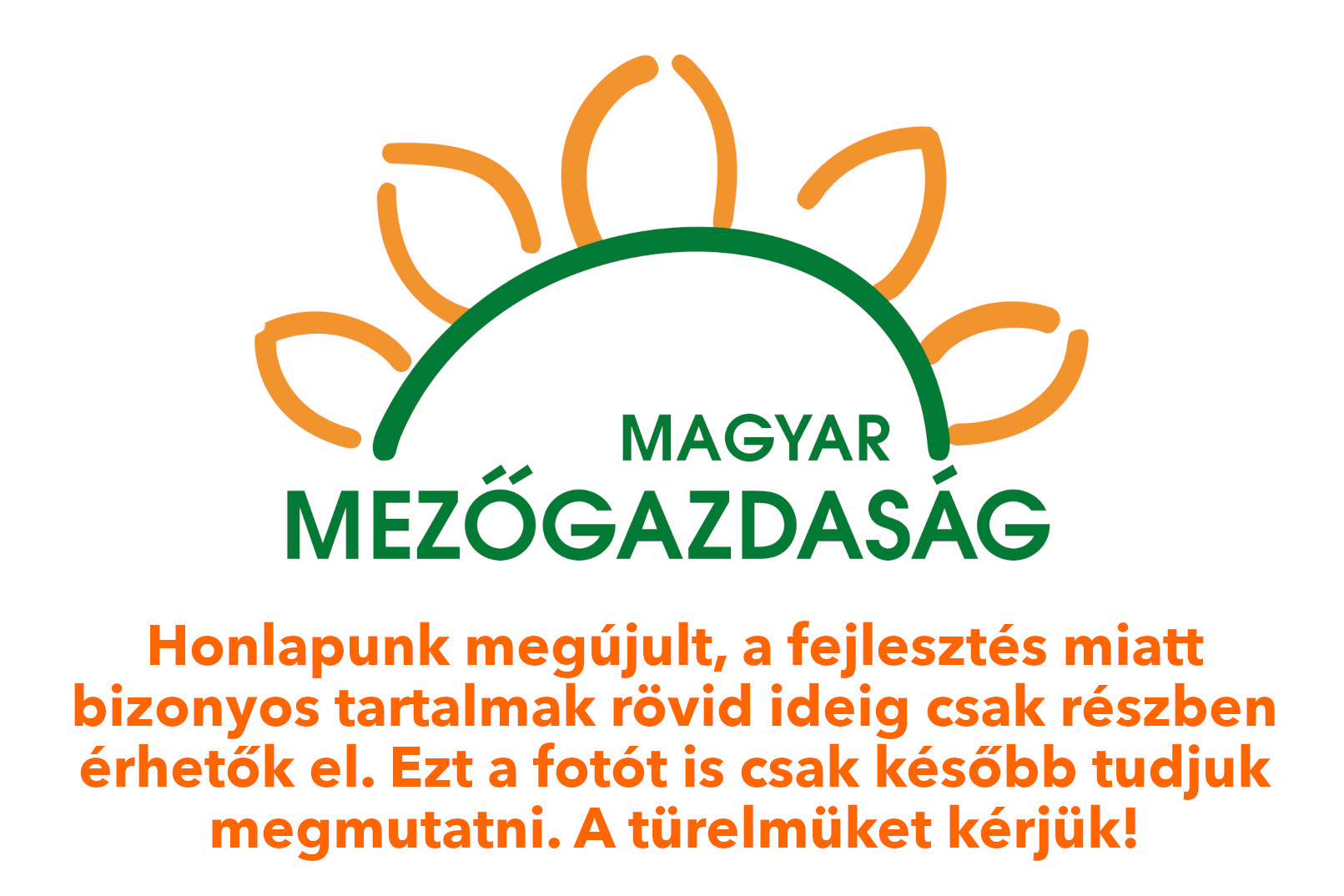Even from the moment of their formation, it does not matter under what conditions the buds can develop. We must do everything possible to develop healthy shoots and protect them from various pests. I’d like to share with you some thoughts on the spring 2023 animal pests of last year’s shoots and the possibilities of protection from them.
It is known that among animal pests, the grape leaf and tuber mite overwinters in the buds. Shoots and young shoots can be damaged by a grape leaf mite, and shoots with damaged leaves grow from sucking buds. Leaf mites on damaged buds can be killed with an acaricide. In addition to chemical protection, predatory mites can play an important role if we introduce them into our farms and do not destroy them.
Among the beetles, the gray scale beetle, the black barbot, and the hemp seed beetle can chew on grape buds. Among the butterfly larvae, the larvae of the grape weevil, the sooty fly and the jeweled moth have so far been affected. This year we can witness great damage due to the jeweled hornbill and owl.
The jeweled scythe (Boarmia gemmaria) Its larvae, which are barely noticeable when pruning, can cause problems in environmentally friendly viticulture, as they chew young shoots and shoots. The larva is also parasitized by two spiders, A Mesochorus sp. and the Diolcogaster alvearia The killer sparrow, the last one emerges from the intrusive caterpillar. It can survive on an eco-friendly farm if the host plant for the daytime peacock’s eye, which serves as an alternative food, is present in the area, the great nettle. (Urtica dioica). Mature peacocks need the nectar of a variety of flowers, so colorful flowering herb plants are a huge advantage. If there are large nettles in the vineyard or in the immediate vicinity of it, the peacock-eye in the daytime lays its eggs there, since it is the most important food plant for it, along with hops. This, in turn, allows the jewel beetle’s natural enemy to reproduce.
The daytime peacock eye belongs to the so-called biotic insects, which are the most demanding of their environment. If several biomarker species live in the vineyard, this indicates the good quality of the habitat.
Butterfly wandering
Colleagues and fellow participants of the 13th Szől and Klíma Congress in Kőszeg reported that this year in the wine regions of the country (Kőszeg, Badacsony, Pécs, Villány and Tokaj-Hegyalja) severe damage to the buds occurred, which was caused by the jewel beetle. and a barn owl. Every year before that we could see dead or chewed buds and young shoots, but rarely have we seen such a large mass, except for 2014, when Attila Siha According to him, there were vineyards where the yield decreased by 30-50% due to damage to the buds.
Grass owl larvae have caused problems in the vineyards of not only Hungary, but also Slovakia and Austria, as far as I know so far.
The yellow-eared owl is widespread in the Palearctic (the animal region that covers Eurasia and North Africa) (Noctua Barnauba) It can be found continuously from Western Europe to the Amur region, but its presence has not been detected in Japan. Typical migratory butterfly, especially in some years. A large brown butterfly with a wingspan of 5-6 cm. It gets its name from its hindwing, which is bright orange with a broad black band at the base. Moths are also attracted to artificial light, alcoholic baits, and acetic acid. It is a single-generation species, which flies from the beginning of May until the end of September. Overwinters like a caterpillar and pupates in April.
It gives me great pleasure to have the cooperation of many plant protection specialists and viticulturalists on this subject, for which I would like to thank both plant protection specialists and viticulturalists.
According to their information, the damage is unfortunately very great in some areas, which could lead to “significant” crop losses, and they also sent pictures of that. The question is, how long will the damage last, and when will they become dolls.
If the damage is nearing an end and a puppeteer game begins, the defense loses money.
We are looking for caterpillars in the dark
We recommend that everyone go out to the farm with a flashlight after 9:00 pm and try to assess whether the larvae are still active or if their number justifies protection. It is recommended to use a contact product as a solution, because there are not enough leaves yet to make the use of an absorbent insecticide worthwhile.
I note that I’ve also noticed damage by great yellow grass owls on horse sorrel, and in my experience I’ve partially fed caterpillars with this when grape leaves weren’t available.
This year, not only has the number of bud pests increased, but we have also gained experience, data from the light trap can already be a warning to us. Our farms must also be monitored when the grape buds appear, and if we notice them chewing we must intervene immediately with an insecticide.

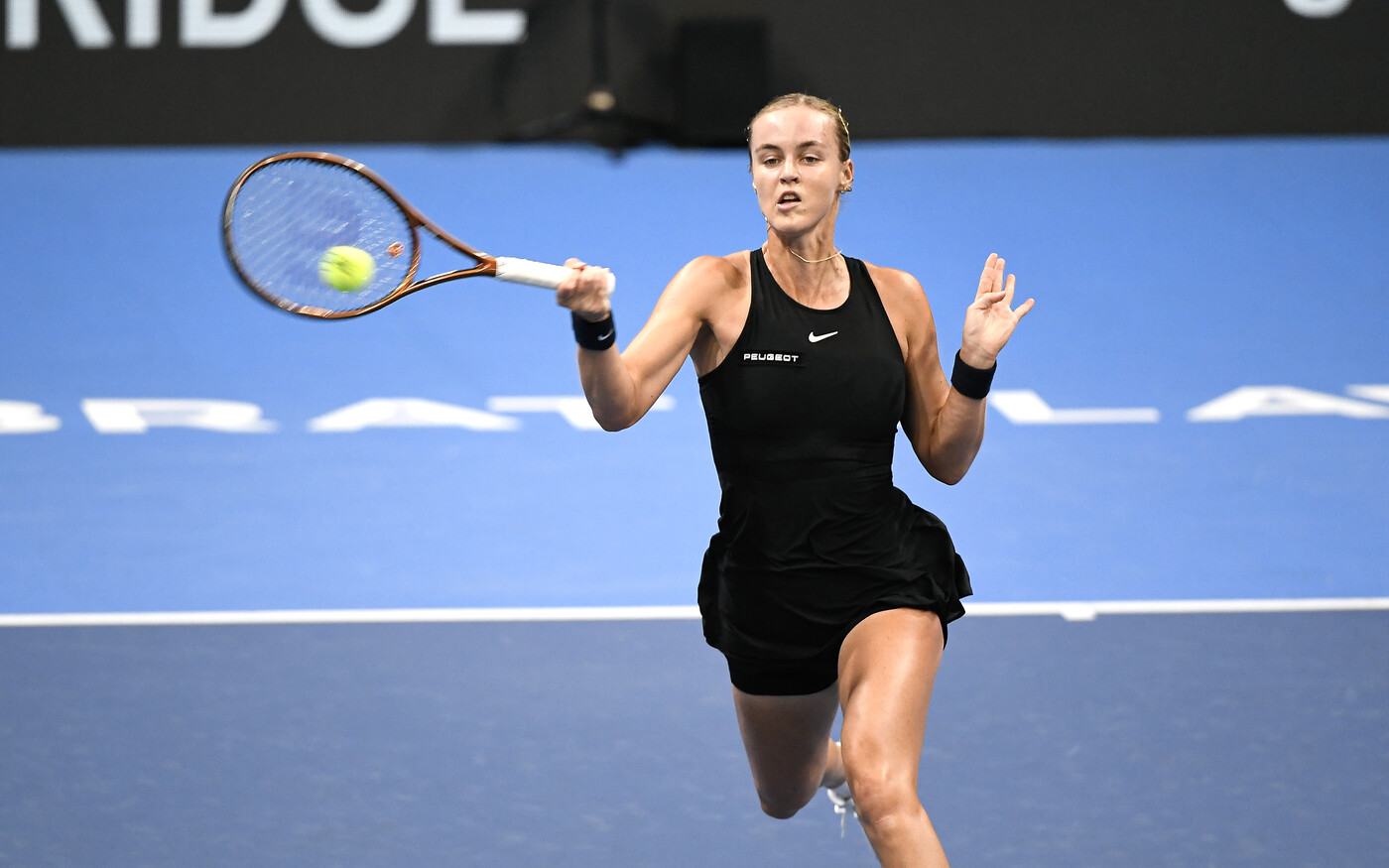






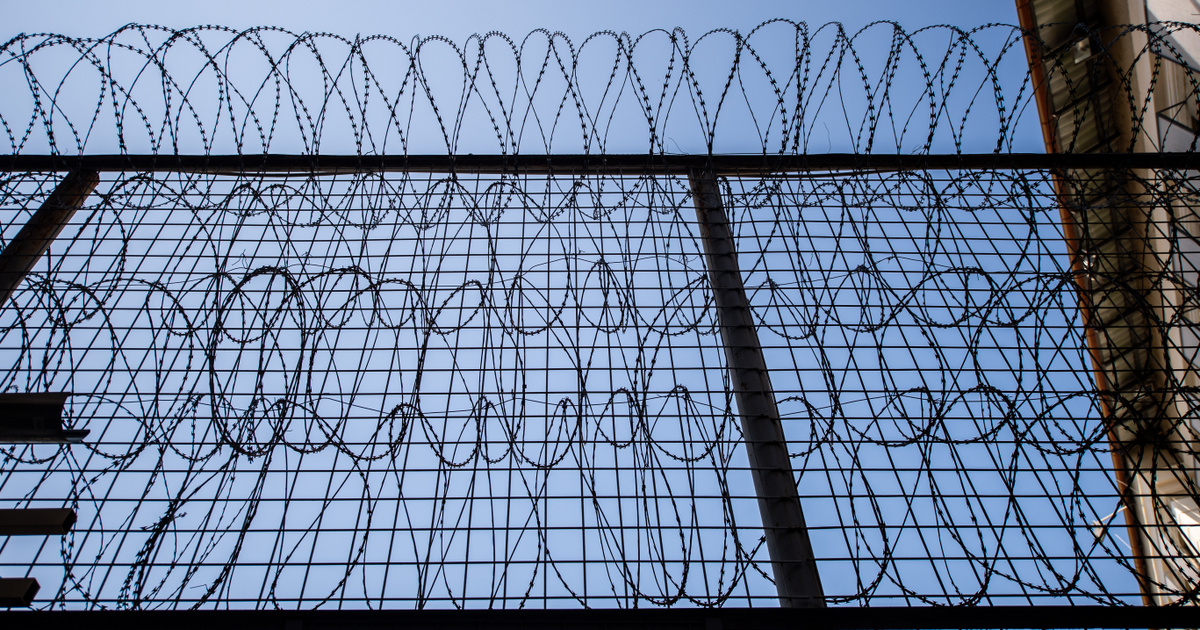


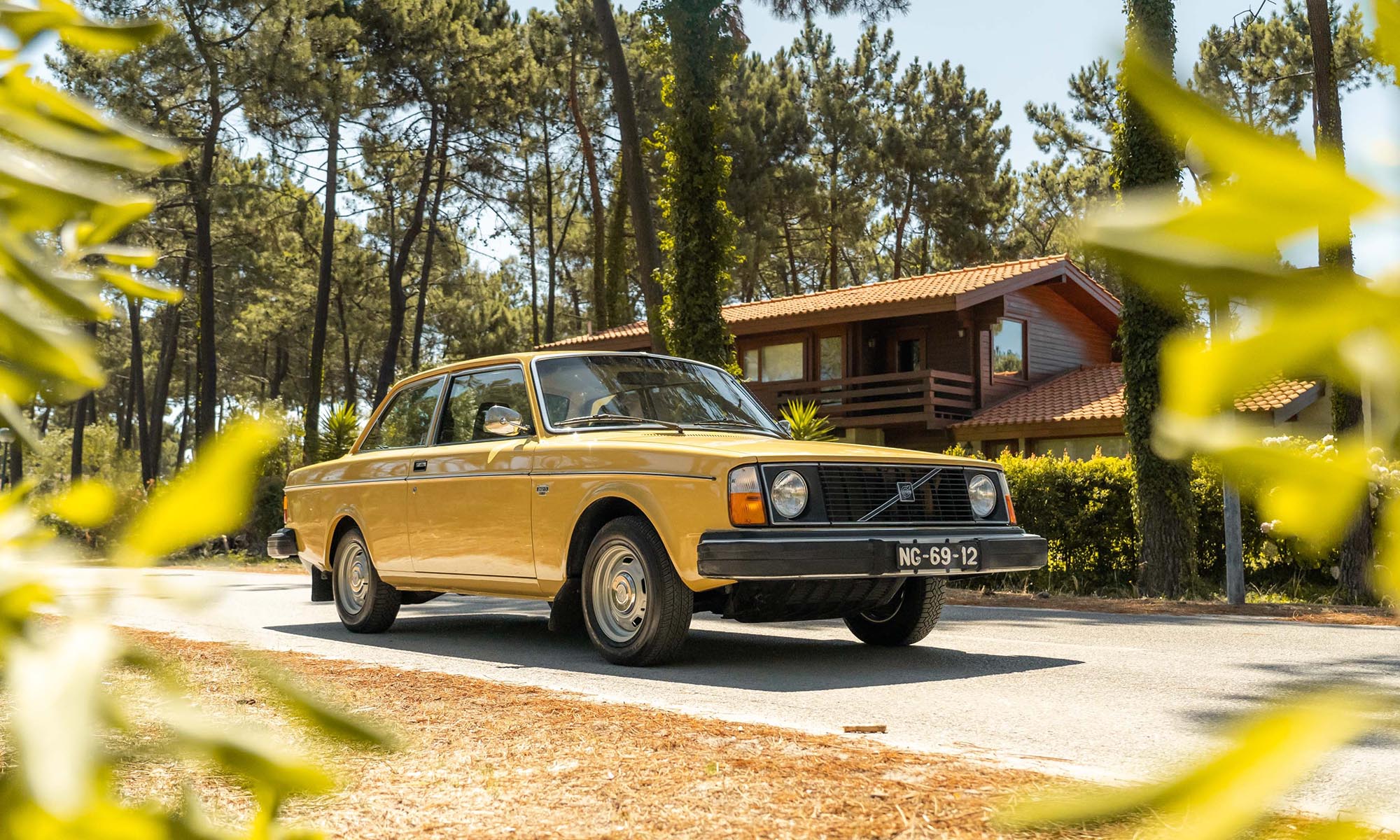



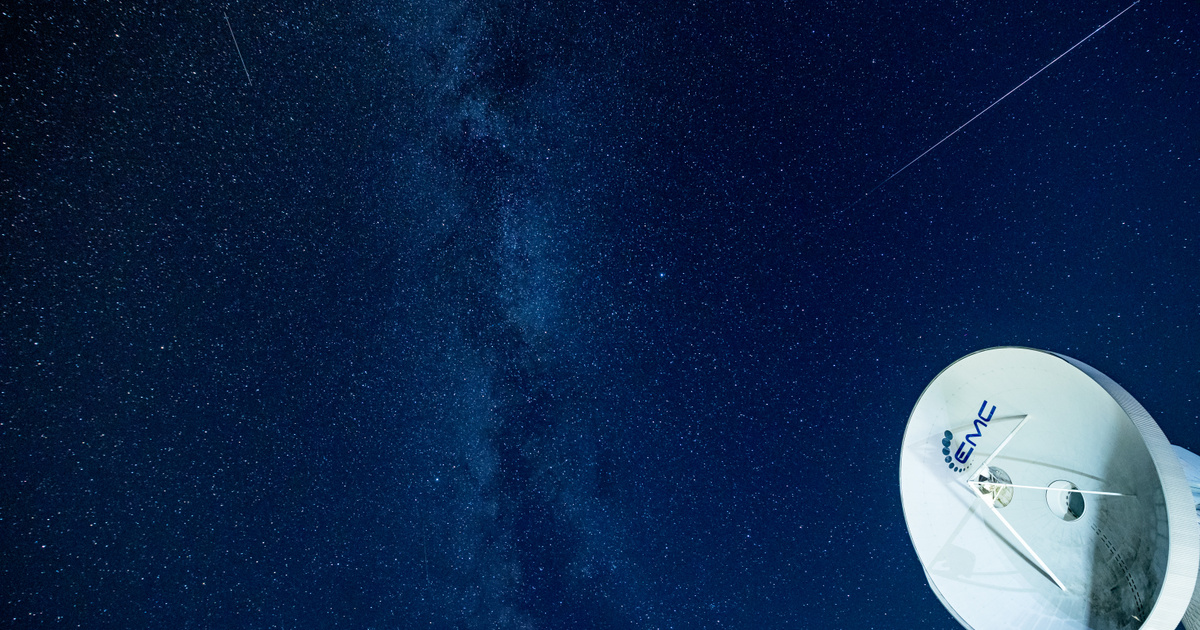
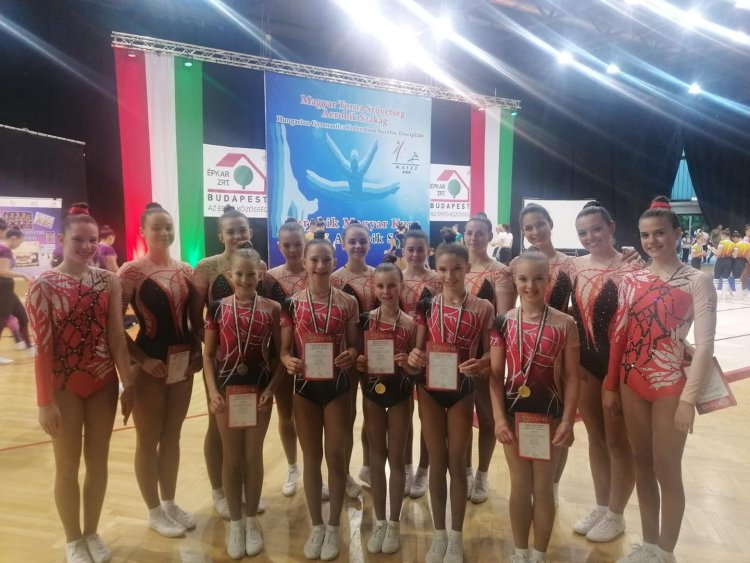


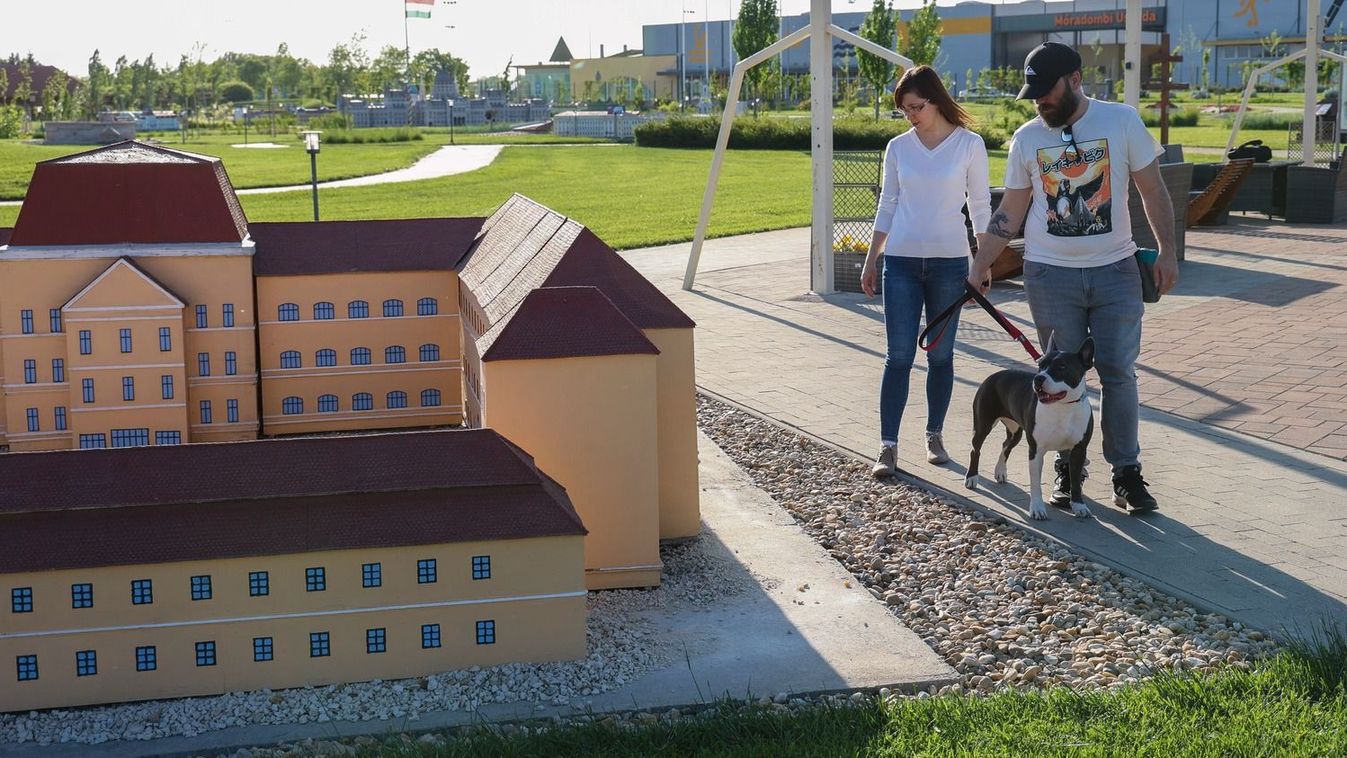




![Fera: The Sundered Tribes will also be released on consoles [VIDEO]](https://thegeek.hu/wp-content/uploads/sites/2/2024/05/thegeek-Fera-The-Sundered-Tribes-1.jpg)








